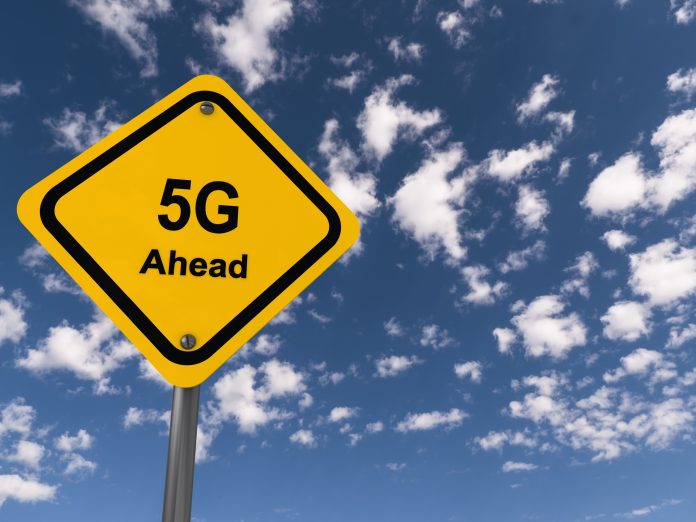Rohit Gupta, Head of Products and Resources, Europe, Cognizant, reveals how 5G holds the key to cutting congestion on connected roads
While Brits are often stereotyped for their enjoyment of queuing, one constant source of frustration is being stuck in a traffic jam. Unfortunately, this is another area where the country excels, with Britain named among the worst in the world for its traffic congestion.
The COVID-19 pandemic could become a contributing factor to this as recent reports suggest that attitudes towards greener public transport options have been set back by two decades, with the majority of Britons now seeing car access as essential.
Many factors contribute to congestion, but it is certainly not helped by human error and, in turn, the lack of ability for vehicles to communicate. The rise of connected vehicles, combined with the latest 5G infrastructure, should help remedy this.
A change is going to come
Two years ago, the European Commission presented its third EC Mobility Package, which sets a goal for all new vehicles to be linked to the internet by 2022. Such connectivity will allow them to ‘talk’ to each other, the surrounding infrastructure and their manufacturers.
These conversations are known as Vehicle-to-Vehicle connectivity (V2V), and they are enabled by 5G, allowing drivers to make informed decisions about their travel route based on real-time data.
This data will not only work to reduce congestion, but also to have a hugely positive impact on reducing carbon emissions. It can also improve road safety through the use of real-time information on traffic, road accidents and environmental conditions that affect transport routes.
Secondly, public authorities will have access to fleet data on a large scale. This means that cities will be in a better position to keep track of average fuel consumption, helping them achieve their cleaner city goals.
A safer world on the roads with 5G
Perhaps the most pressing issue that the new mobility package is looking to address is road safety, with 5G being a key enabler. The technology will broaden the types of communication that will be supported by the network of connected vehicles, creating greater opportunities for manufacturers. Existing 3G and 4G networks do not transfer this data at sufficient speeds for this to be viable, but 5G’s reduced latency means it will be instantaneous – and therefore immediately actionable.
Ford and Vodafone have already tested connected vehicle technology that can automatically warn other drivers of accidents ahead and direct cars to create an ‘emergency corridor’ for emergency vehicles. This would be especially helpful in the cities where drivers often find it difficult to know where the siren is coming from.
Enjoying rather than enduring the roads
While safety remains the priority, 5G will also be the turning point for making journeys on the road a more enjoyable experience.
Unexpected delays should be a thing of the past – people will set out knowing their exact arrival time and, in theory, always meet it. The immediate relaying of data surrounding potential disruption will automatically reroute, while safer roads should hopefully mean fewer accidents and, therefore, reduce the delays they can cause. As vehicles themselves are trusted to interact with each other and take more control of the travel process, the stress placed on drivers will also diminish.
Opportunities emerge
Data is already playing a huge role in shaping the in-car and out-of-car experiences. In the near future, data will allow new business models and revenue streams to emerge, creating a new economy for organisations through new, personalised products and services, transforming existing business models.
Already, new insurance policies are on the market taking advantage of data on both the driver and the vehicle, including how often someone drives and at what time of day. It is going to become increasingly important that those offering traditional driver insurance think of new ways they can compete with more flexible, attractive business models to remain relevant.
There is also a significant opportunity here for manufacturers to make the most of this connectivity to maintain an open line of communication with consumers, far beyond the traditional point of sale. For instance, Toyota announced in 2018 that it is investing $500 million in Uber for developing self-driving technologies as part of its wider ambition to become known as a ‘mobility company’.
Connecting the present with the future
Technology, and particularly 5G connectivity, is going to have a huge impact on the future of our roads, but it certainly will not be able to combat the issues of congestion, pollution and road safety on its own. Connectivity is just one element in a long transition process that is leading towards embedding technology into our transport system.
The most important thing now is for the various sectors and organisations to work together to ensure the package is implemented well, with the customer at heart, because simply put, a bad connection is no better than no connection at all.











